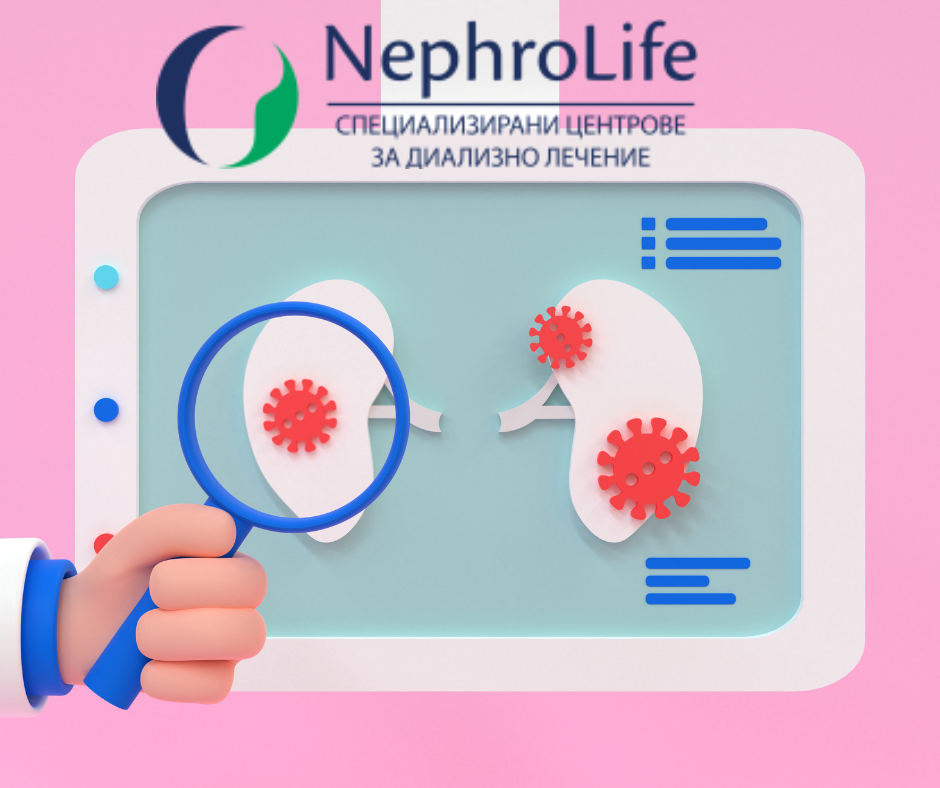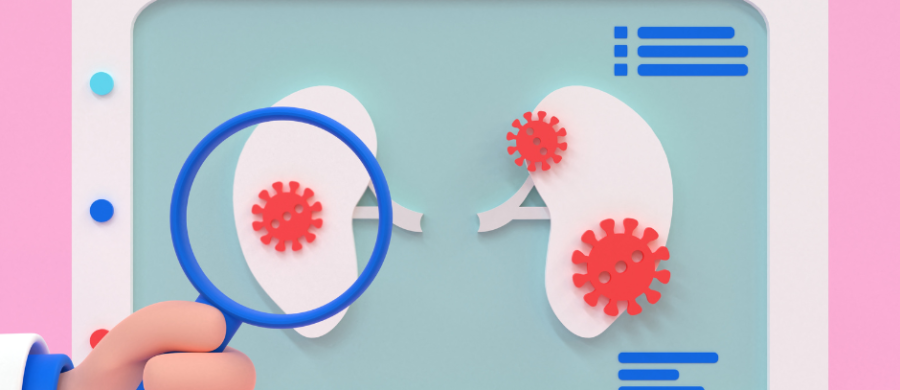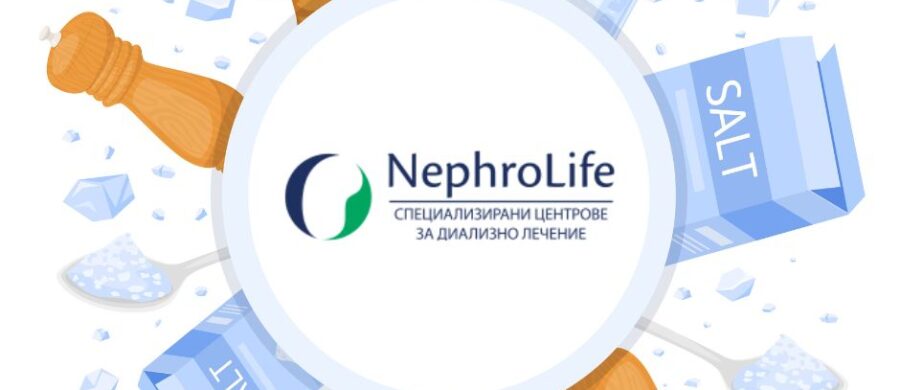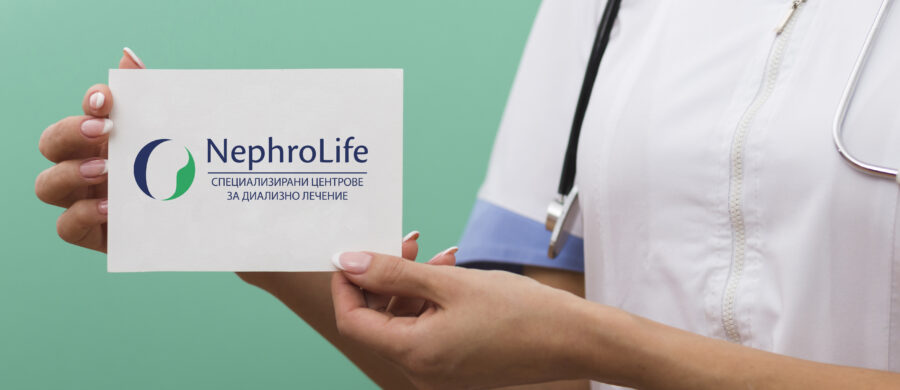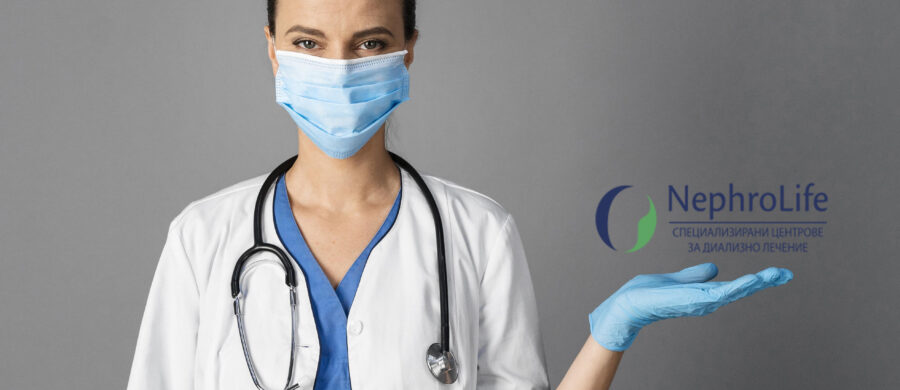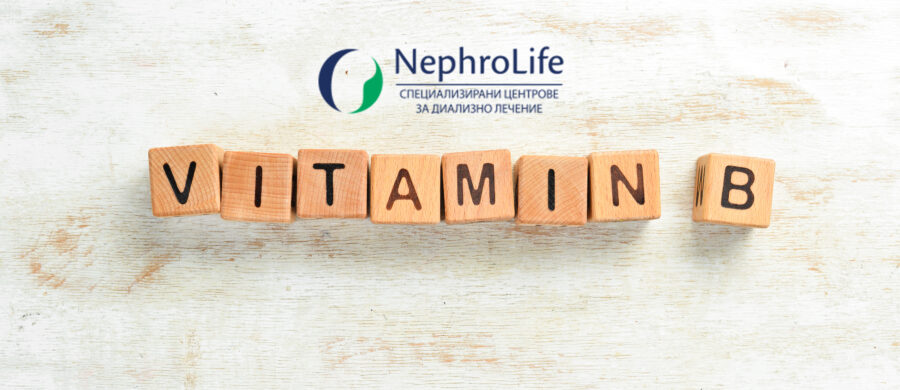The kidneys play an extraordinary role in the overall activity of our organism. They perform important functions that keep us healthy by filtering waste and excess fluid from the blood. They also maintain optimal levels of electrolytes such as sodium, calcium and phosphate, control blood pressure and participate in the synthesis of hormones that are necessary to keep bones and blood healthy.
Each kidney contains approximately one million tiny tubules called nephrons, which filter waste and extra fluid from the blood, which is later excreted from the body as urine. Usually, people are born with two kidneys, but sometimes, due to a number of reasons, life is completely possible with only one. In these cases, the only kidney is compensatory enlarged and takes up to 80% of the function of the missing one, which is quite enough for normal existence.
The main reasons why a person may have one kidney include the following:
– Congenital defect – a condition called renal agenesis means that a person is born with only one kidney.
– In another condition, renal dysplasia, a person is born with two kidneys, but only one is functioning.
– Surgical removal (nephrectomy) – removed kidney as a result of cancer or other disease
– Removal of a kidney after trauma or donation.
Many people lead normal and fulfilling lives with one kidney, although long-term health problems may arise that require specific monitoring and treatment.
Some of the problems that can occur include:
– Hypertension – Because the kidneys are involved in maintaining healthy blood pressure, many people with a single kidney are at slightly increased risk of hypertension.
– Proteinuria – Excess protein in the urine can be an indicator of kidney damage and people with one kidney often have above average levels of protein in the blood.
– Decreased glomerular filtration rate (GFR) – GFR indicates how well the kidney filters fluids and waste products from the blood. Often people with one kidney have a reduced GFR.
In conclusion, we could say that the greater percentage of cases lead a completely normal and fulfilling life. It is important to attend preventive examinations at least once a year in order to prevent complications and kidney diseases.
